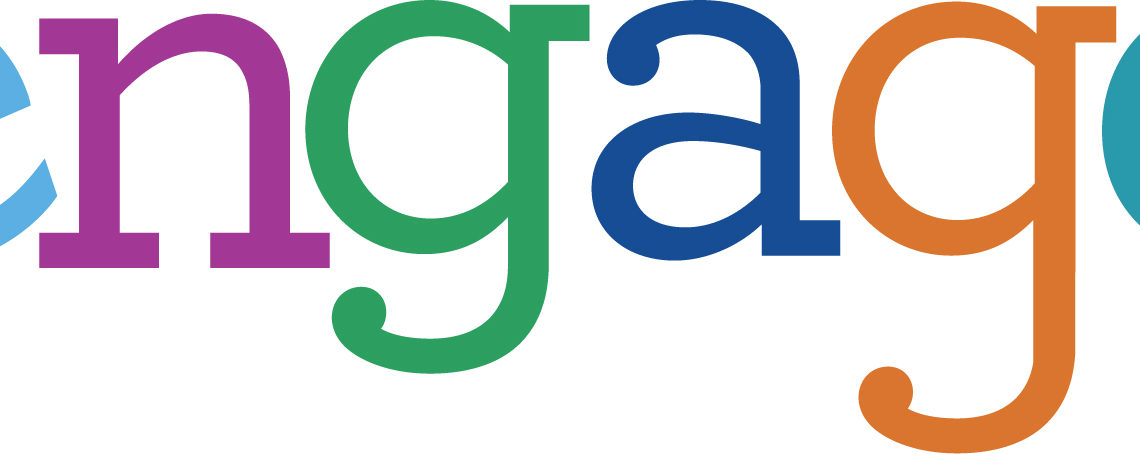
Have you ever missed your train stop because you were absorbed in your crossword or magazine quiz? Whiled away a rainy afternoon with cards or a board game? Played the slot machine on a seaside pier? Or do you own one of the 22 million games consoles in use in the UK?
Before we started thinking about making surveys more like games, we knew about the negative effect that bored respondents can have on the information you get from surveys. We’ve developed effective techniques for overcoming this through better design, language and imagery, using more creative questioning techniques and applying learning from behavioural science.
Over the course of the experiments we undertook it became clear that the more the respondent enjoyed the experience, the more feedback we received. But when we started to observe the correlation between the amount of fun respondents had completing a survey and the quality – not to mention quantity – of feedback they gave us, we began to look to games for further inspiration.
We began by exploring how questions could be redesigned to be more fun and game-like in nature and what impact this would have. We experimented with the wording of questions, to humanise them, make them more engaging and link them to potential real-world emotional experiences. For example, instead of asking somebody to tell us what clothing they liked to wear, we asked them what clothing they would wear for a first date. Instead of telling us where they liked to go on holiday, we invited them to imagine that they had to publish a magazine offering holiday recommendations, and instead of asking respondents how much they liked a brand we asked them how happy they would be to wear its name on their T-shirt. The results were instructive: we got two or even three times as much feedback to the more engaging questions and participants consistently took more time providing their answers.
